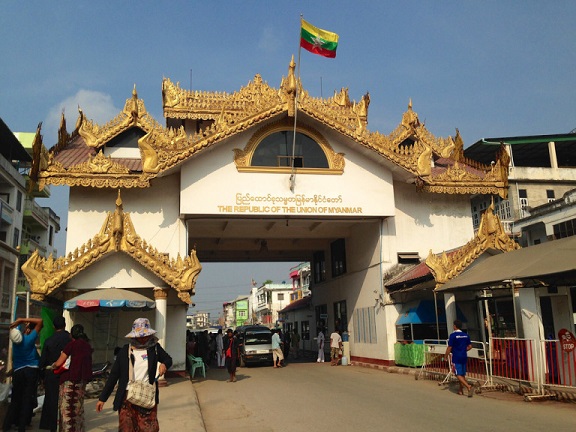The government has attempted to close border checkpoints after confirming its first cases of COVID-19. However, border security has had to reverse and delay its attempts to keep people from crossing due to hundreds of thousands of migrant workers seeking to return.
On March 18, Myanmar announced closures to nine border checkpoints open to foreign tourists (of an overall 27 checkpoints). An estimated 200,000 tourists cross those nine checkpoints each year. However, in Myawaddy, Kayin State, the main portal with Thailand for both trade and land tourist traffic, the action was delayed to allow thousands of migrant workers living in Thailand to return to Myanmar. Even after that checkpoint was officially closed, officials were forced to reopen it after they became overwhelmed with anxious returnees.
Kayin state parliamentarian U Thant Zin Aung told the Irrawaddy: “Although the border checkpoints are ordered to close, there are many Myanmar citizens arriving at the Mae Sot border control checkpoint. So we have to receive them. If more returnees were there in the next days, we would accept them as our citizens are our priority.” The Irrawaddy report states that “since Saturday approximately 17,000 migrants returned homes while many more are still traveling from their workplaces elsewhere in Thailand to the border.”
Even if Myawaddy and other checkpoints had decided to deny the returnees, it would be easy to slip past the country’s porous borders. In Thailand, migrants routinely cross the shallow Moei River on illegal boats and rafts, some in clear view of official crossings. Untold numbers of migrants also cross to and from Thailand, China, India and Bangladesh through either soft borders or borders that path through the territory of ethnic armed organizations. Illegal trade, drug smuggling and human trafficking have been the main concern of these crossings, however they now pose a public health risk as thousands of migrants use them to return from coronavirus-affected regions.


